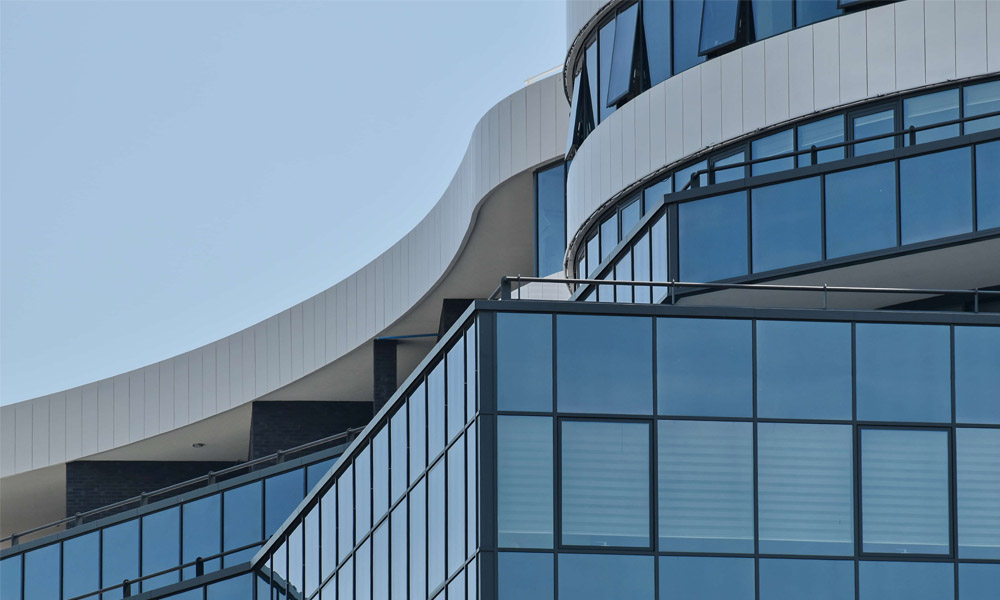

The Float Glass Factory A Modern Marvel of Engineering
The float glass manufacturing process is a remarkable fusion of science, technology, and artistry that has transformed the way we produce glass. This highly advanced technique, developed in the mid-20th century by the British chemist Sir Alastair Pilkington, revolutionized glass production by creating a more consistent, high-quality product that is essential in various applications, from windows to skyscrapers.
At the heart of a float glass factory lies the foundational process known as floating. This innovative method involves floating molten glass on a bed of molten tin, which creates a perfectly flat and smooth surface on both sides of the glass. The journey begins when raw materials, primarily silica sand, soda ash, and limestone, are meticulously mixed and then melted in a furnace at temperatures ranging from 1,400 to 1,600 degrees Celsius. The resulting molten glass is then carefully poured onto the tin bath.
This process not only yields unparalleled uniformity in thickness — typically ranging from 2 mm to 25 mm — but also minimizes surface defects. The tin bath allows for the glass to float freely, enabling gravity to naturally distribute the glass evenly across the surface. As the glass moves along the bath, it begins to cool and solidify, allowing it to maintain its pristine flatness.
Once the glass exits the tin bath, it is slowly cooled through a controlled annealing process, which reduces internal stresses that could weaken the finished product. This crucial step enhances the durability and longevity of the glass, making it suitable for both residential and commercial applications.

One of the remarkable aspects of the float glass factory is its attention to energy efficiency. Modern factories are designed with eco-friendly practices in mind. The heat generated during production is often recaptured and reused, significantly reducing the overall energy consumption. Furthermore, many factories have implemented advanced filtration systems that minimize emissions, aligning with global standards for environmental safety.
The versatility of float glass makes it an indispensable material in contemporary architecture. It plays a pivotal role in creating stunning facades, allowing for large expanses of glass that maximize natural light while maintaining structural integrity. Additionally, float glass can be easily coated, tinted, or treated to provide extra features such as thermal insulation, UV protection, and glare reduction.
Moreover, the same principles that govern float glass can be applied to producing other types of specialized glass, including low-emissivity glass and tempered glass. This adaptability opens up a wide range of possibilities for innovation in design and functionality.
In conclusion, the float glass factory represents a significant stride in industrial manufacturing processes. Through the combination of cutting-edge technology, rigorous quality control, and sustainable practices, float glass production embodies a commitment to excellence and environmental responsibility. As the demand for advanced glass products continues to grow, the float glass factory stands at the forefront, ready to meet the challenges of the future and shape the landscapes of our modern world.